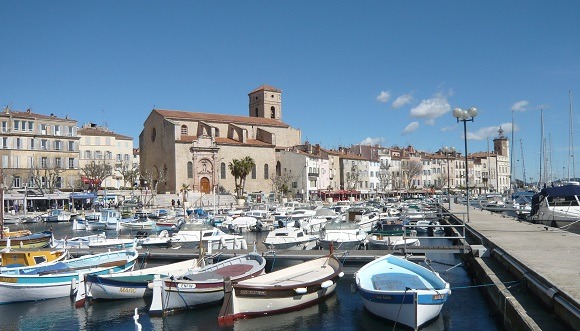
Quieter than nearby Marseille, this charming coastal town discreetly honors its rich history in shipbuilding, filmmaking, and the game of pétanque.
Such was the grandeur of the shipyards in La Ciotat, positioned halfway between Marseille and Toulon, that it drew French emperors, dignitaries, and scholars who came to witness the majestic launches of ocean liners. The sheer scale of these events sometimes caused the port to overflow, inundating cafes and carrying away diners and even motorcars out to sea.
When I visited this summer, the atmosphere was serene. While shipbuilding ceased in La Ciotat in 1987, the shipyard was transformed into a center for refurbishing luxury vessels and superyachts, ensuring significant employment for the local workforce as the town shifted its focus towards tourism. Strolling along the seafront, I passed by a colossal 3D #ILoveLaCiotat sign, vibrantly painted pointu boats, a ferry bound for Île Verte, stacks of fishing nets, charming restaurants, and a meticulously restored hammerhead crane.
Le Port Vieux, distinct from Marseille’s Vieux-Port, may resemble other Mediterranean harbors, yet its view is truly breathtaking. It boasts a panoramic cityscape with towering masts, cranes, riveted girders, one of the world’s largest boat lifts, and a massive white gantry extending over the port. While beautiful sandy beaches grace the northeastern part of the bay, La Ciotat’s real allure lies in its bustling, unpretentious, industrial elegance.
I take a leisurely stroll behind the historic shipyard, heading towards Parc du Mugel and the Mugel Calanques. These rocky coves boast crystal-clear waters and pebbly beaches, surrounded by a botanical garden featuring parasol pines, chestnut trees, wildflowers, and bamboo. Further along the coast, characterized by its ochre-hued puddingstone, and accessible via a descent of 87 steps to the beach, you’ll find Calanque de Figuerolles. Here, a quaint hotel and the Chez Tania restaurant can be found. While it’s bustling in the summer, during the autumn season, you can enjoy the beach, the weathered crags like the Eagle’s Beak, the Dog’s Head, and Lion’s Islet, all nestled within the Calanques National Park, with almost no one else around.
Auguste and Louis Lumière achieved perfection in autochrome photography (using color plates) along the shores of La Ciotat Bay while residing in their summer residence, now famously known as the Palais Lumière. It was in this very place, in September 1895, that they showcased the inaugural cinematograph films, including the iconic “Arrival of a Train at La Ciotat Station.” Following a screening in Paris, where, according to legend, the audience panicked, believing the train was about to collide with them, the 50-second film made its debut at La Ciotat’s Eden theatre.
In 2013, during Marseille’s tenure as the European Capital of Culture, the Eden theatre underwent renovation. It stands today as the world’s oldest surviving cinema, offering daily screenings and guided tours every Wednesday and Saturday afternoon.
“This is where it all began,” he informs me. “A local shopkeeper, Jules Hugues, affectionately known as ‘Le Noir,’ suffered from rheumatism. He was the only one permitted to sit in a chair while playing boules.”
The original game in the southern region, known as Jeu Provençal, included a three-step approach. However, Balbi explains, “They decided that if Jules was playing, the others weren’t allowed to move their feet either.”
The term “pétanque” derives from “Pè tancat,” which translates to “foot fixed” in the local dialect. Balbi continues, “The first tournament took place on this court in 1910, and today, there are federations in 80 countries.
“Players from around the world gather for Le Mondial la Marseillaise, the pétanque championships in Marseille, and they often visit us here since this is where it all began. Everyone is welcome to play on the courts as long as they bring their own boules.”
I quickly realize my ineptitude at the game and decide to return to the pedestrianized old town. At the art-deco Cafe de l’Horloge, each table is adorned with a paperback book, and there’s a wall of secondhand books available for just 50 cents each. This place is perfect for observing people while enjoying croissants, bagels, and lunchtime soup.
Just across the street on Rue des Frères Blanchard, you’ll find Lait Trais’or de Marie, a cheese shop and creamery, the Lebanese cafe Chez Sophie, and Frérots, which specializes in natural wines. A block away, Chymós, the organic grocers, awaits, with plenty of ice-cream parlors and charming sunny cafes scattered in between. This 17th-century town center has been transformed into an organic-conscious, picturesque retreat.



